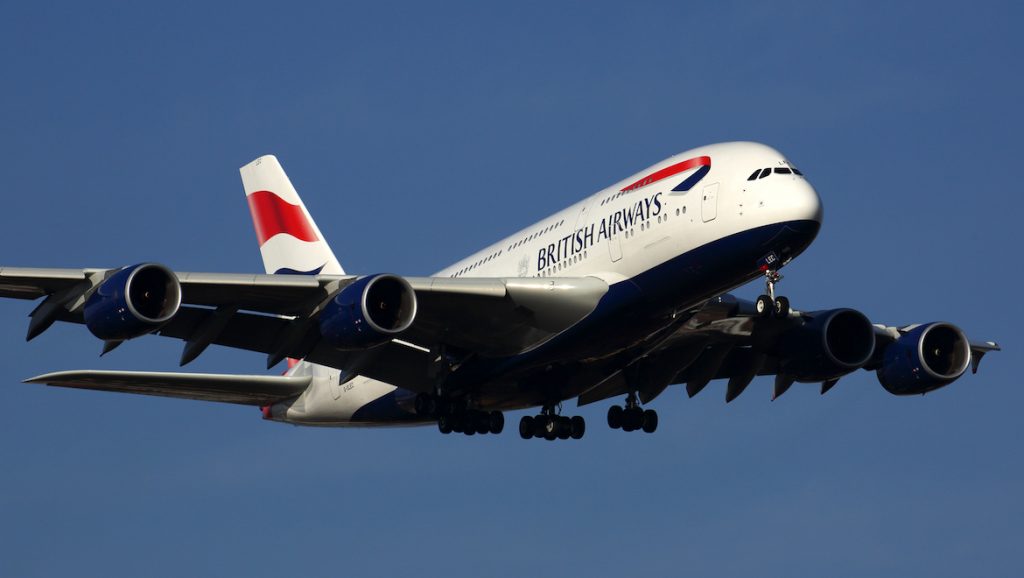
UK aviation authorities have claimed they are working hard to mitigate the potential risks faced by the country’s aviation sector once the current Brexit transition period with the European Union ends on 31 December.
From 1 January 2021, the UK Civil Aviation Authority (CAA) will be required to take on new regulatory responsibilities, as Britain will no longer form as a member of the European air safety regulator, EASA.
“I can reassure you that we are extremely active in doing all that we can to mitigate those risks,” CAA chairman Sir Stephen Hillier said.
“We have recruited the additional people we need.”
The comments come in light of ongoing negotiations between the European Union and the UK as to what the European aerospace environment will look like following the UK’s official exit from the EU.
To date, little has been achieved.
The UK has already made bilateral travel agreements with a number of countries, including Canada, the US, Israel, Norway and Switzerland, and has even acquired traffic rights in a number of agreements to which the EU is not party.
However, a failure to reach an appropriate new agreement, or introduce temporary contingency measures, could wreak havoc on both the UK and EU aviation sectors, growing UK-EU flights, and cause further harm to the already weakened aviation sector in the region, according to Fitch Ratings.
“Airlines with high exposure to or from the UK, such as British Airways (BA) and easyJet, are at higher risk from uncertainties over connectivity arrangements. In 2019, around 50 per cent of BA’s passengers travelled to and from the European economic area,” the Fitch Ratings report said.
“EU-based carriers, especially those low-cost carriers (LCCs) whose operations are largely reliant on intra-European traffic, would also be affected, albeit to a lesser extent.”
Airports across the UK and EU would also take a hit to revenue should no deal be struck between the two parties, though Heathrow has reportedly already taken strides to increase liquidity in the event that such an event should take place.
While the failure to come to an agreement over ongoing aviation operations would have a “significant impact” on both the UK and the EU, Fitch anticipates that some agreement, temporary or long-term, will be made prior to the 31 December deadline.
“We expect the counterparties in Brexit negotiations to secure continuation of basic connectivity followed by a long-term agreement,” it said.
Any temporary agreement is likely not to be struck until the 11th hour, however, and the EU has made it clear that it will not make the process of leaving an easy one for the UK.
For example, following Brexit, UK licence holders will need a year-long validation or full transfer of their licence and medical records to an EASA member state, should they want to operate an EASA registered aircraft.
Due to “immense increase” in demand, EASA member states earlier this month began rejecting new applications for such transfers, meaning UK licensed pilots will not be able to achieve a transfer by the 31 December deadline.
The CAA has since responded by reassuring pilots that under their current UK licence they will still be allowed to fly UK-registered aircraft in EU states, however will not be able to fly EU-registered aircraft.










